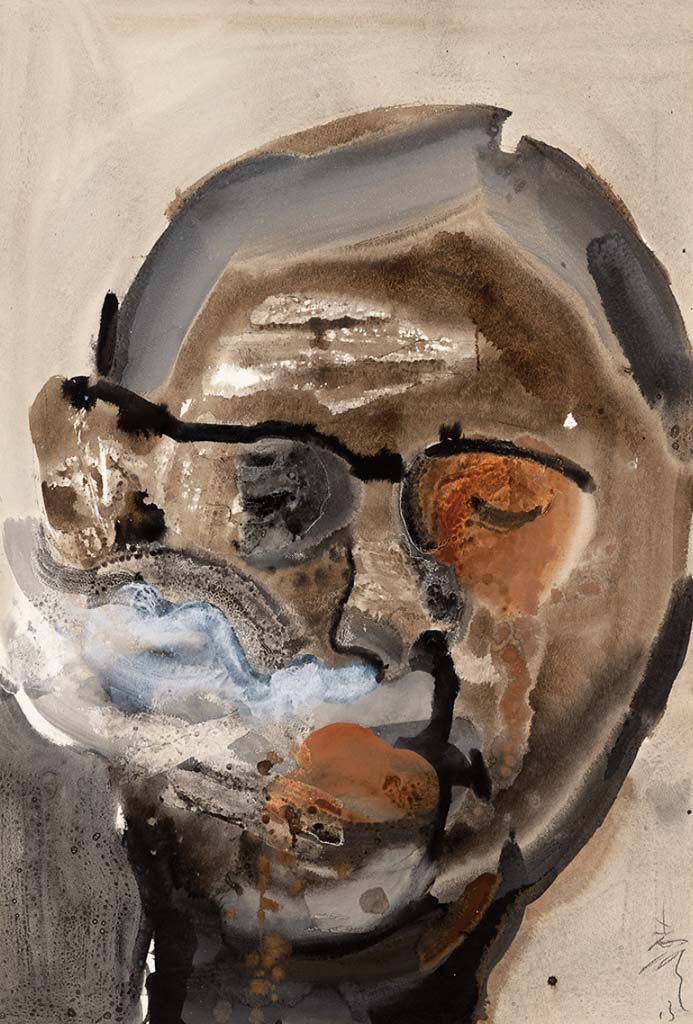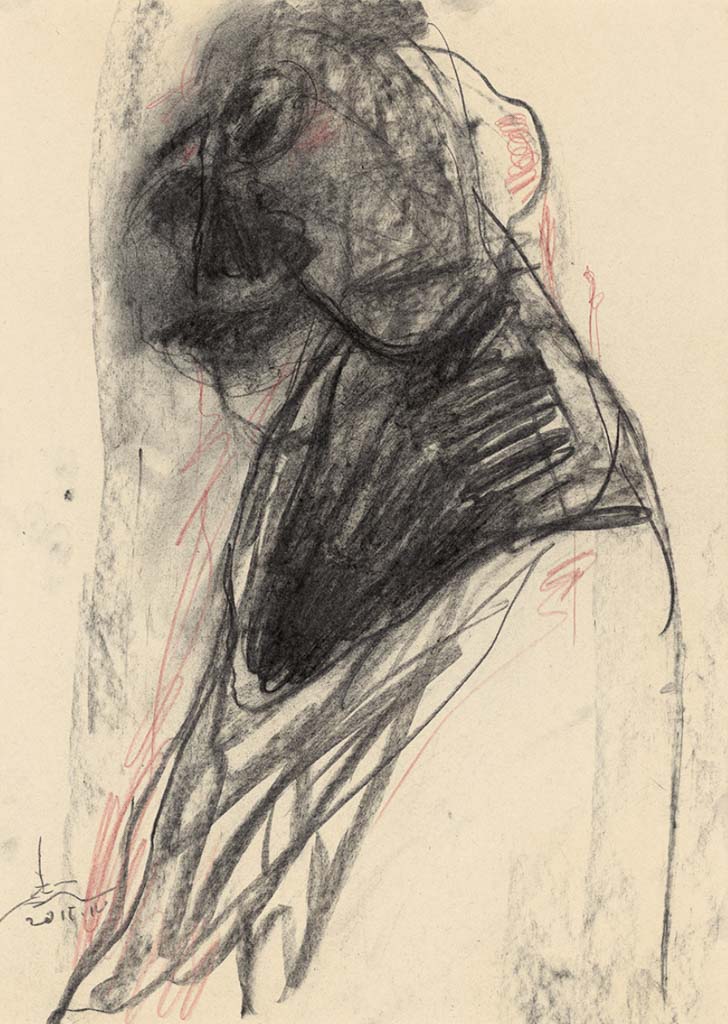For 10 years, artist Zheng Zhiming travelled to Tibet every year and lived among the people there during his visits. During his time in Tibet, he never once painted, however, the experiences from his time in the region stayed with him. Whenever he returned to Shanghai he would paint impressions of his memories from Tibet.
Zheng, known as Aming, comes from a tradition of portraiture. “I like observing people, especially their faces,” he tells me. “People’s stories will reflect on their faces, such as the angle of a smile, the appearance of forehead wrinkles, and the spirit in the eyes.” The paintings from his memories in Tibet are realist, beautiful scenes of the people and landscape, capturing the tone, feeling, and mystique of the Tibetan region.
“I am not a talkative person,” he says when I ask him about the meaning of his art. “I am not even good at expressing myself in real life. Since I was young, painting has been my other language. I paint to create my own world where I can run, play games, sing songs, dance, even fly freely.”
When Aming returned to his family in Shanghai from his final visit to Tibet, he began a new series of works in a different style. Then in 2015, Aming received some life-changing news: he had nasal cancer. “In pain, I learned what builds the essence of man and really matters in life – the pursuit of the spiritual world,” he says of this experience. “Sometimes I overturn myself to go back to my inner world.”
The art that he made in the two years previous to finding out about the cancer is uncanny. Although nasal cancer is one of the least dangerous cancers, it is one of the most painful to treat. The watercolours that he created seemingly depicted this pain. The excruciating personal experiences he suffered are evident in his work.
To treat the cancer, Aming had to undergo radiation therapy. He was blinded, deafened, muted, and had no taste for anything; his senses were destroyed. This whole near-death experience saw his art change to an abstract style that was raw and powerful.
During this time it was through painting that Aming discovered the mysterious wonder and a new dimension of self-expression – the art of the soul. “Once I was ill, I went to the hospital to have an intravenous drip. I had to keep sitting for four to five hours straight. I watched the other patients and suddenly I could understand their pain more profoundly,” he says. “It seems like I am painting someone, but actually I am painting my feelings. Simplify the shape, ignore the details, release my feelings strongly and fiercely.”
Although Aming was suffering, his work was a release. “The feelings may be painful, but not sad, lonely, but not dark,” he explains. “The facial features may be twisty, but deep in the heart there is still energy of life that will not die.” Without a doubt Aming’s paintings draw the audience into a deep place, however, it’s not only just pain we feel but a deep sense of strength, which is inspiring.
At his darkest moments, there was no colour in Aming’s work, but gradually it was reintroduced as his art took on his metamorphosis from life to death and then through rebirth. “My art focuses on the moment,” is how he explains these changes. “When I pick up the paintbrush, I paint about how I feel at the moment and I keep faithful to it. The conversation with the blank canvas is very important and it only happens at the moment. Once it’s done, it’s done. It becomes the past for me. As for the audience, their communication with it shall happen in the future, which has nothing to do with me. That’s the life course of the painting.”
So, how does Aming describe his art himself? “I just follow my heart and paint what I want to paint. For the audience, maybe my art lies between concrete and abstract. For me, they are just outpouring of true feelings.”
Aming works on paper with a Chinese brush and water. How is this medium relevant to what he wants his work to describe? “I like it when my brush sways freely and delightfully: permeating, shading, blooming. As Su Shi, Chinese litterateur from the Song Dynasty says, ‘Writing is to my heart, painting is to my mind’.”
























